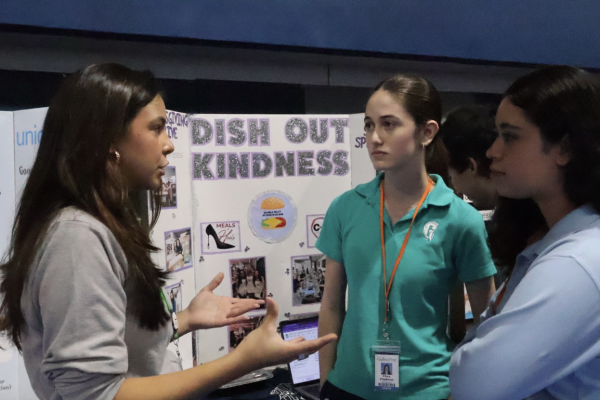The COVID-19 Vaccine (And When You Could Receive It)
Teen volunteers are participating in a Kaiser study that could accelerate the COVID-19 vaccine’s potential use in young people.
A vaccine for COVID-19, once a distant goal, is now in its final phases. The BBC recently reported that the United Kingdom has just approved the vaccine ŌĆö people are now wondering if the United States will be next. But if the United States is indeed the next country to approve a COVID-19 vaccine, who will be the first to receive it?
The CDC stated that the United States will begin distributing vaccines once the FDA authorizes the distribution of the Pfizer and Moderna vaccines. The CDC, even with the lack of approval by the FDA, has begun to roll out recommendations of planned distribution for the Coronavirus vaccines. The CDC recommended plan of distribution will begin with healthcare workers and people living in long-term residence centers.┬Ā
However, the CDC plans for recommendations were not met by unanimous support, as one out of the 14 members of the emergency board voted against the recommendations. The New York Times interviewed the only person who voted against the recommendations, Dr. Helen Talbot, an infectious disease specialist at Vanderbilt University. She voted against the plans due to her concerns about putting long-term living facilities on the first priority list, worried about the lack of trials on this community and possible unforeseen side effects of the vaccine. However, most of the panel members believed that the high death rate among the population made it important to have them in the first group. This does not mean that every person living in a long-term residence center will be receiving the vaccine in December.
According to the New York Times, around 40 million doses of the Pfizer and Moderna vaccines are available (or essentially 20 million doses, since the vaccines both require two doses) will be available later in December. This is expected to have the capacity to cover most of the nation’s 21 million frontline workers, and about 3 million people living in long-term residence centers. By January, however, Pifzer and Moderna plan to produce 70 million doses of the Coronavirus vaccine.
The next phases of distribution have yet to be recommended, but the New York Times speculates that the next group will include people over the age of 65, high-risk people with pre-existing conditions, and essential workers, such as people in the food, education, and law enforcement industries. This group of people is expected to begin receiving vaccines around February and March. This leads to the final group of people, deemed low-priority, who are expected to receive their vaccines around April, May, and June. The final group of vaccine recipients will be people under the age of 18. Vaccines for this group, according to the Washington Post, will take a while to distribute. At this time, the rollout plan does not include children and teens, due to the lack of study in these age groups. Pfizer has tested its vaccines on a small scale, with 100 children between the ages of 12 and 15; this may expedite the availability of the vaccine for children over the age of 12. The company, though, has not stated when the vaccine would be publicly available.┬Ā
The Covid-19 vaccines may soon receive FDA approval, but this will not mean that the pandemic will soon be over. The vaccine is likely to lessen the burden and the deaths caused by the novel Coronavirus but it will not stop the virus’s spread in December or January. The fight against this pandemic will continue, possibly well into the summer months.

Ainsley Kling is a senior at Gulliver Prep. She is the podcast editor for "The Raider Voice." In her free time, Ainsley enjoys sewing and helping out within...









